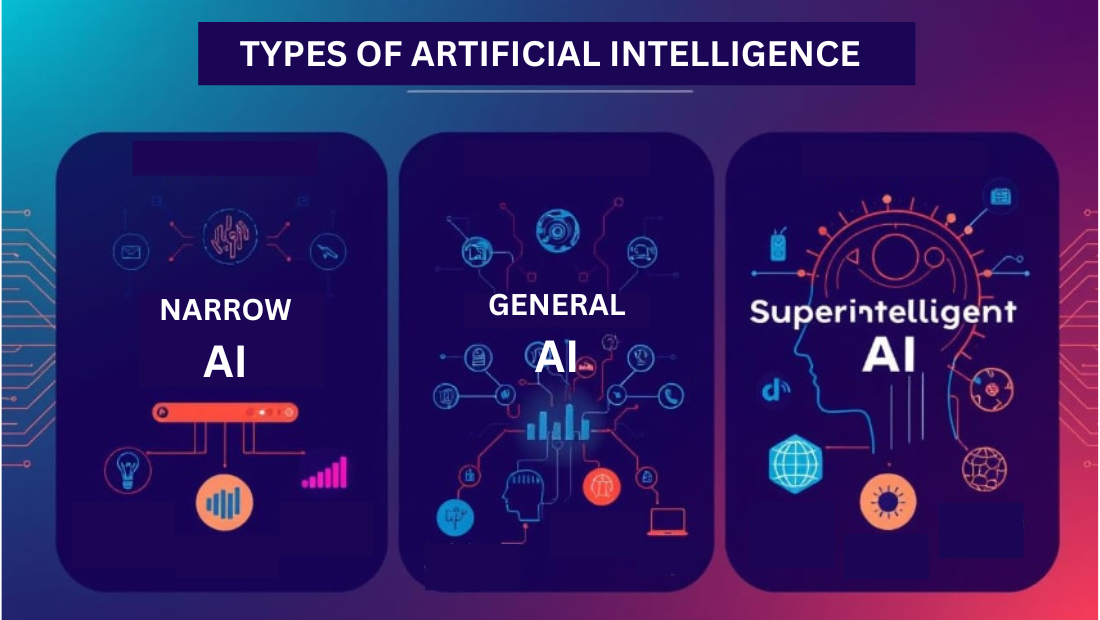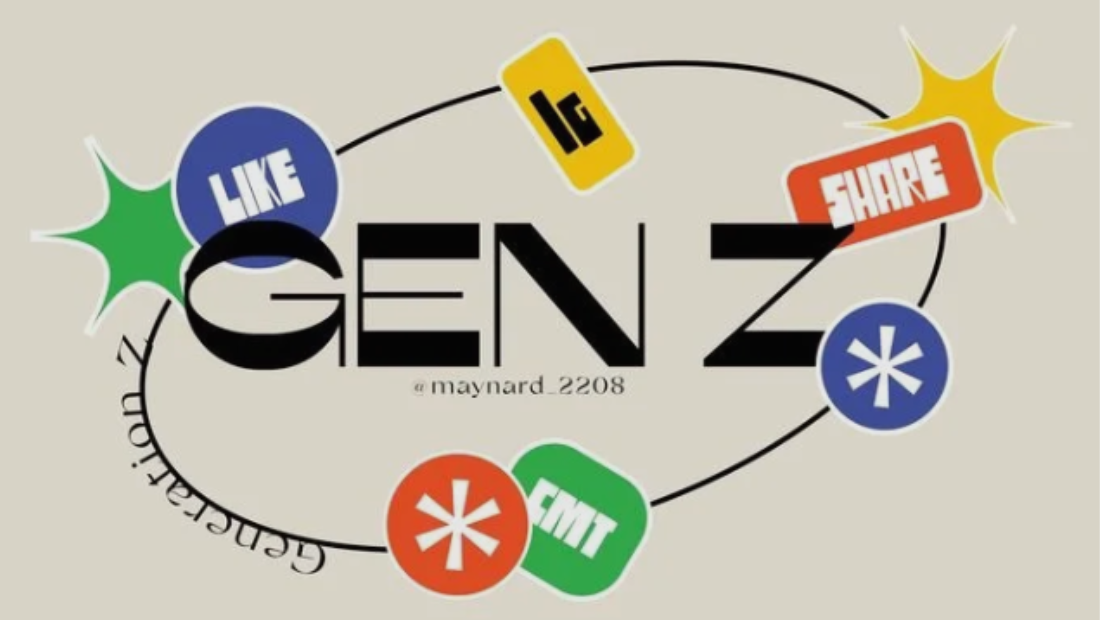
Artificial Intelligence — or AI as we all know it — is revolutionizing how we solve complex problems, and it’s doing so in unbelievably short amounts of time. Every week, we read about new breakthroughs and massive investments being poured into this field.
Take the upcoming Stargate Project, for instance. Scheduled for completion in 2026, it’s expected to cost over $500 billion and consume as much energy and water as an entire U.S. county (Shackelford County, Texas, and Doña Ana County, New Mexico, to be exact!).
AI is already transforming industries by taking over repetitive and routine tasks — from home management to self-driving cars. Most of today’s AI systems are built using Python and deep learning technologies. These systems are trained in enormous data centers, often located near power plants due to their immense energy needs.
In short, AI aims to replicate the human mind in machine form — and this leap goes far beyond any previous industrial revolution. But not all AI is created equal. In fact, there are three main types: Narrow AI, General AI, and Super AI.
1. Narrow (or Weak) Artificial Intelligence
This is the type of AI we use today — the so-called “Weak” or “Narrow” AI. It’s designed to perform a single specific task with great efficiency. Think of familiar tools like ChatGPT, Siri, or Alexa — all created by tech giants such as Google, Microsoft, Amazon, and Meta.
These platforms rely on advanced machine learning models known as Generative Pre-Trained Transformers (GPTs). They help us write, plan, search, organize, and even entertain ourselves — all with impressive accuracy.
Most of these AIs offer free basic access, but charge for more advanced versions or higher usage. In short, Narrow AI makes our lives easier, faster, and often smarter —but it still operates within limits set by its programming.
2. General Artificial Intelligence (AGI)
The next big step is General AI, or AGI — the dream of creating a machine that can think and learn like a human being.
This phase is still in its early stages. We’ve barely scratched the surface when it comes to understanding the complexity of the human brain, so achieving true AGI will take time. But when it arrives, it will mark a turning point — where machines can reason, adapt, and even show creativity across different fields, not just one.
3. Super Artificial Intelligence (ASI)
Now, here’s where things get… a little unsettling.
Super Artificial Intelligence, or ASI, is still a theoretical concept — but it’s the idea of AI that’s not just equal to humans, but smarter. Far smarter.
An ASI system would outperform the human brain in every area: logic, creativity, problem-solving, even emotional understanding. It wouldn’t just do what humans can do — it could potentially feel, decide, and evolve in ways beyond our comprehension.
Frankly, the thought of that makes me both fascinated and nervous. If it ever becomes reality, it could redefine what it means to be human.
A New Era for Humanity
We are entering a completely new chapter of human progress — one that moves faster, deeper, and more unpredictably than anything from the industrial age.
To thrive in this new world, we must not only adapt — we must lead the change. The future belongs to those who understand, shape, and ethically guide this powerful technology.










